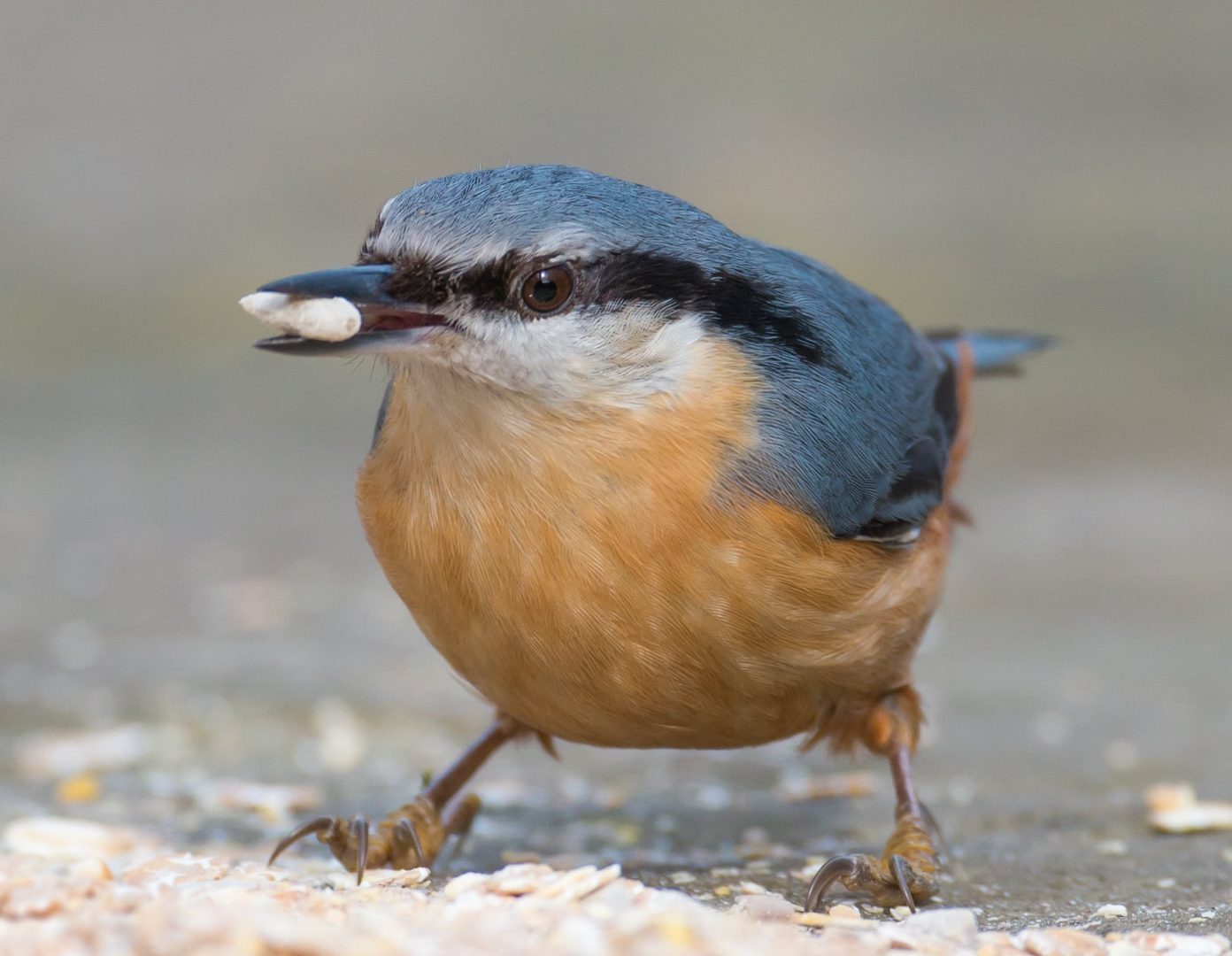16
Apr
Farmland Birds’ Exposure to Neonicotinoid-Treated Seeds (during Winter Seeding) Confirmed by Blood Plasma Tests
 (Beyond Pesticides, April 16, 2020) Pesticide exposure in farmland birds is a concomitant of pesticide-treated muesli (cereal) seed commonly planted during winter months, according to research published in Science of the Total Environment by United Kingdom (UK) scientists. Not only do pesticide-treated seeds pose the highest dietary risk to birds, but pesticide-treated seeds also go underreported as farmers often lack knowledge of what pesticides are on the seeds they plant. This study emphasizes the global effects of treated seeds, and their corresponding pesticide exposure, on bird species. Future risk assessments for bird should address these implications when implementing agricultural pesticide policies.
(Beyond Pesticides, April 16, 2020) Pesticide exposure in farmland birds is a concomitant of pesticide-treated muesli (cereal) seed commonly planted during winter months, according to research published in Science of the Total Environment by United Kingdom (UK) scientists. Not only do pesticide-treated seeds pose the highest dietary risk to birds, but pesticide-treated seeds also go underreported as farmers often lack knowledge of what pesticides are on the seeds they plant. This study emphasizes the global effects of treated seeds, and their corresponding pesticide exposure, on bird species. Future risk assessments for bird should address these implications when implementing agricultural pesticide policies.
Farmers use of treated seeds exposes farmland birds to pesticides like neonicotinoids (neonics), including clothianidin (CLO). Pesticide residues then accumulate in the birds’ blood. UK scientists examined pesticides in farmland bird blood samples to connect the field-based use of treated seeds to clothianidin exposure patterns. At the time of this study, CLO was the most widely used pesticide on treated winter cereal seeds in the UK.
Scientists recorded the presence of neonicotinoid-treated seed in 39 fields of 25 farms after seeding. Camera traps monitored farmland birds’ seed consumption. To measure CLO concentration in treated seed and seedling, scientists used liquid chromatography-tandem mass spectrometry to identify inorganic, organic, and biochemical compounds. Researchers obtained blood samples from 11 farmland avian species to calculate CLO occurrence and level of exposure related to treated seeds.
Neonicotinoid-treated cereal seeds were present on the soil surface of all farms, 38 out of 39 field sites, and in clusters on 31 out of 39 field sites. Conventional agricultural practices (such as drilling) made seed surface coverage less dense toward the field’s center as farmers’ field equipment clustered seeds towards the edges. Thirty-two percent of all surveyed bird species suffered CLO exposure with 15 species of bird consuming CLO-treated seeds, in situ. Researchers detected CLO in 50% of individual blood plasma samples in 10 out of 11 avian species. This study demonstrates the highest logged clothianidin exposure levels for wild birds, thus far.
Many birds’ diet consists of agricultural seeds and plant matter. Neonicotinoid pesticides accumulate in migratory songbirds and reduce their chances of survival in the wild by producing a torrent of sublethal impacts (weight reduction, travel delays, and a reduction in reproductive success). Environmental Protection Agency (EPA) finds that 1-5 seeds of treated-corn cause acute to chronic levels of harm to large and small birds alike. EPA states, “Dietary exposures from clothianidin treated seeds are noted to result in the highest acute and chronic risks from the terrestrial risk assessment to birds and mammals.”
This study demonstrates that clothianidin toxicity is above foraging birds’ threshold for the no-observed-adverse-effect level (NOAEL). Larger wood pigeons ingest 65% of the chemical compound required to cause adverse reproductive effects. Smaller wood pigeons consume 11%-31% of the chemical compound to exceed the NOAEL threshold for reproductive dysfunction. UK researchers assert that inadequate seeding application methods (field conditions, equipment, calibration, etc.) allot “unlimited” quantities of neonicotinoid-treated seeds to poison foraging birds.
The identification of neonicotinoid-treated seed as a source of pesticide exposure is relevant when assessing the future risks pesticides expound unto bird species. In addition to toxicity exposure, improper control regulations, poor manufacturing, and high application variability make pesticide-treated seeds problematic. The data from this study has implications for a multitude of bird species exposed to toxic insecticides and should aid in future policy decisions related to this group of chemicals. Switch to organic to reduce wild birds’ exposure to toxic insecticides (like clothianidin) and replace pesticide-treated seeds with organic seeds from our organic seed directory. Learn more about pesticide-treated seeds and the harm they cause by viewing Seeds that Poison. To see how you can protect your local bird population, learn more about pesticides’ impact on birds and how organics help eliminate pesticide exposure.
All unattributed positions and opinions in this piece are those of Beyond Pesticides.
Source: Science of The Total Environment










